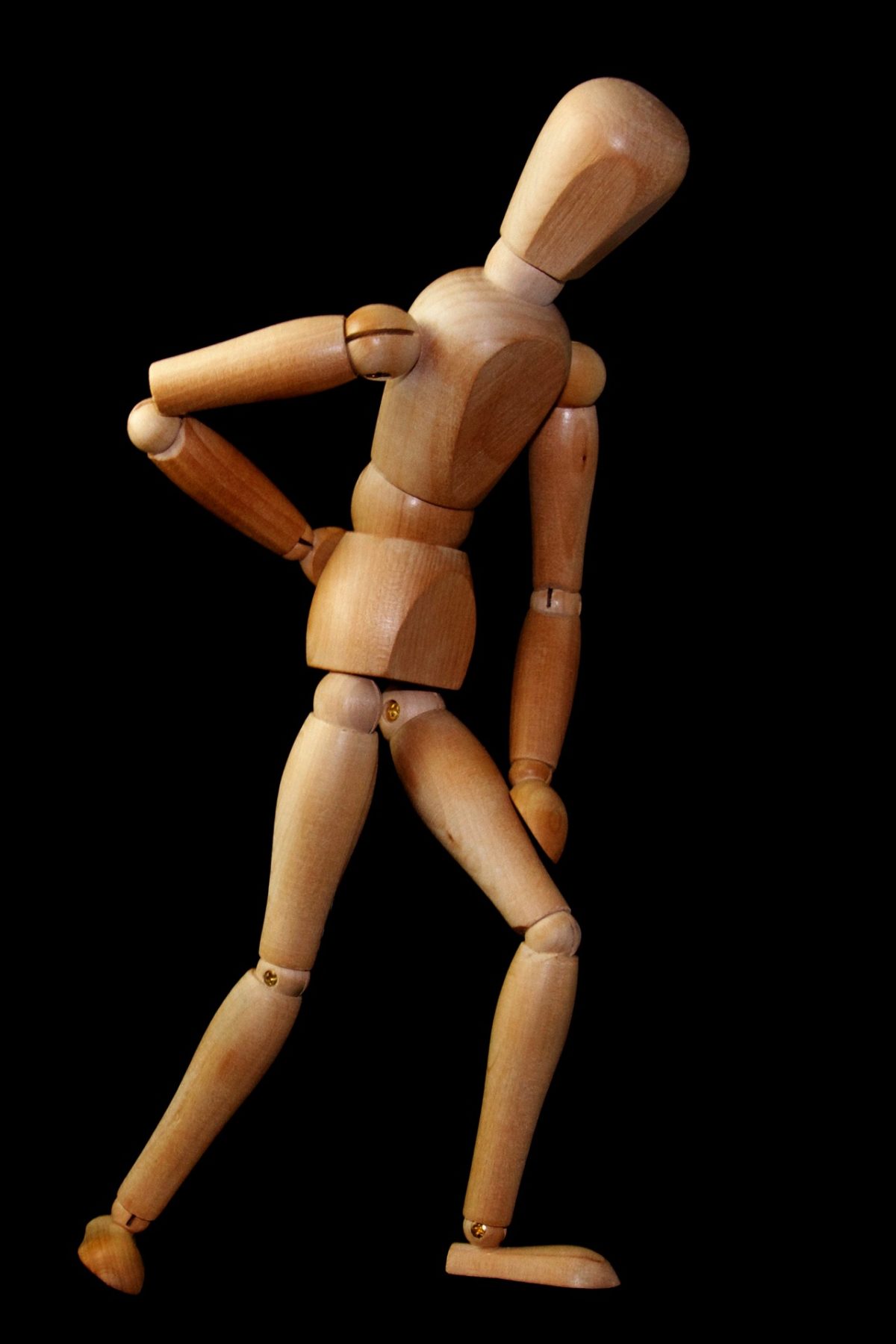
The intervertebral disc is a cartilaginous structure that lies between each vertebrae in the spine. Its role is to allow movement of the spine, and is crucial in shock absorption. The discs distribute hydraulic pressure when compression applied to them such as with heavy lifting or when running.
Compared to the discs in the midback or neck, the discs between the lumbar vertebrae are much thicker and wider, making them ideal for shock absorption, but also rendering them more vulnerable to injury. This occurs because they undergo a lot of movement relative to their size, especially when they are under stress, such as when bending or lifting. These discs support your body weight as well as any additional weight that you might be carrying.
The discs structure is like a Boston cream doughnut. It’s made of a central gel like nucleus and surrounding fibrous annulus. The nucleus is the shock absorption part of the disc and the annulus contains the nucleus. As we move in our day to day life, the pressure increases in the nucleus. One classic analogy describes the function of a disc as the tire of a car: the annulus is the tough rubber tread, and the nucleus is the air in its center, which is constantly trying to escape.
You may have heard the term ‘slipped disc’, ‘disc herniation’ or ‘disc bulge’. These are all terms that describe the center nucleus being forced against or out of the surrounding annulus. This occurs during repeated stress on the discs, especially in flexion or forward bending. This puts pressure on the front of the disc, pushing the nucleus out the back. We want the pressure to be equal on all sides of the disc, much like in a tire, so that the air doesn’t push on one section of the rubber, causing a leak or break in its structure.
The discs are unique as they have almost no blood supply. They rely on diffusion of the fluid material in and out to nourish them. This occurs when they are loaded and unloaded. For example, when we are sleeping, our discs swell with fluid. This is why we are a bit taller in the morning when we first wake up. When we get up and stand, there is more compression on the disks, causing the fluid along with waste to be released from the disc.
Not all discs are created equally and not all discs behave the same. As we all know, we are all built a little differently. The same holds true for our backs and our discs. That being said, the way that discs distribute weight and take stress depends on their shape and structure. Discs that are more ovoid shaped have a more diffuse herniation or more broad herniation and discs that are more kidney shaped tend to fail in one specific place.
Disc health, like most other areas of the body are subject to our day to day stressors. We generally aren’t kind to our discs, adding to the stress that they are subject to. For those if us that sit at a desk all day at work, there is added pressure in the front of the disc that pushes the inner nucleus towards the back. Although this amount of pressure isn’t huge, it happens over and over, for long periods of time. In contrast, when we are performing tasks that require bending and lifting it is very important to make sure that you are maintaining correct posture to put less pressure on the discs, as bending with your low back, again squeezes the front of the disc, putting added pressure on the back of the disc. This time the disc in subject to the pressure of your body, the object you’re are trying to lift or carry, and an force that you are putting through your back to lift that object.
Some disc herniations can be quite large but cause no pain or symptoms and others can be quite minimal and cause excruciating pain. We do know that 40% of people younger than 30 and 90% of people between 50-55 have some form of low back degeneration. Furthermore, almost half of people aged 20-22 with no low back pain have some form of degeneration in their disc. If you are suffering from back pain, and have had imaging of the back that shows some significant findings, be sure to consult with your chiropractor in North York, as many findings on imaging do not correlate with your level of pain.
We understand that body position, posture and activity contribute to disc injuries. The most important factor is to ensure that you are moving in the best way to minimize disc injuries. For more information, visit your North York Chiropractor at arc-health.com.

